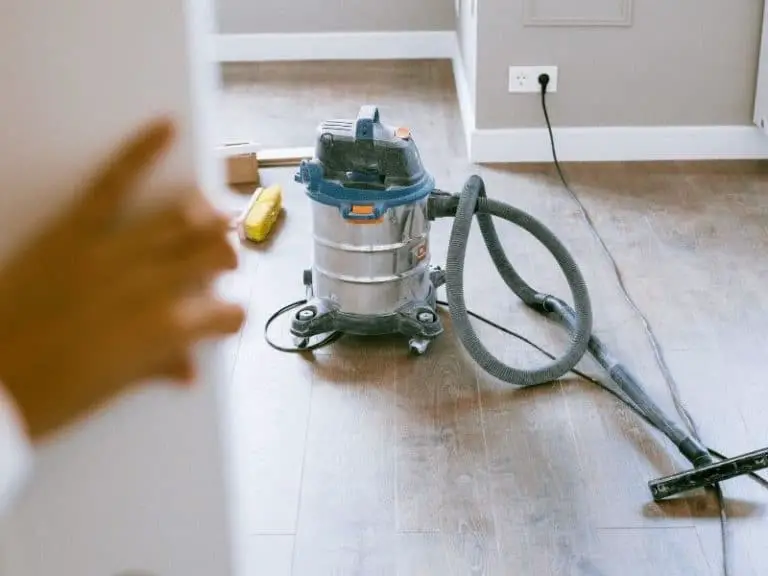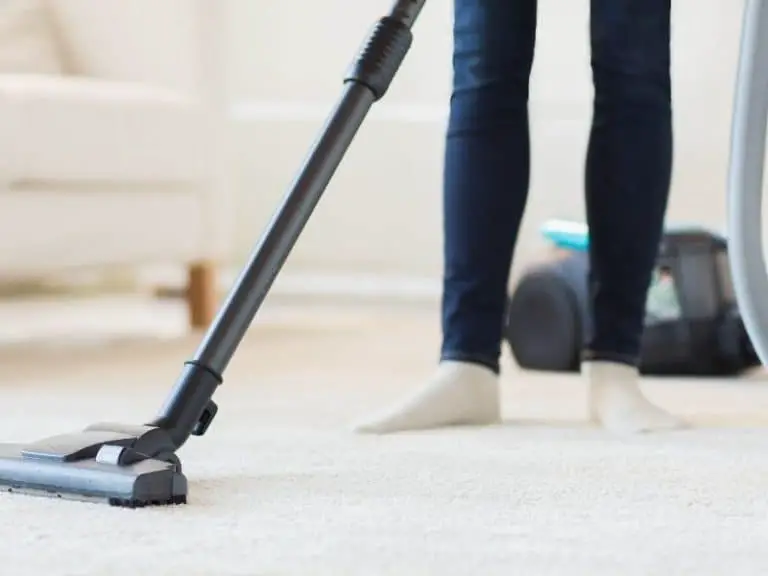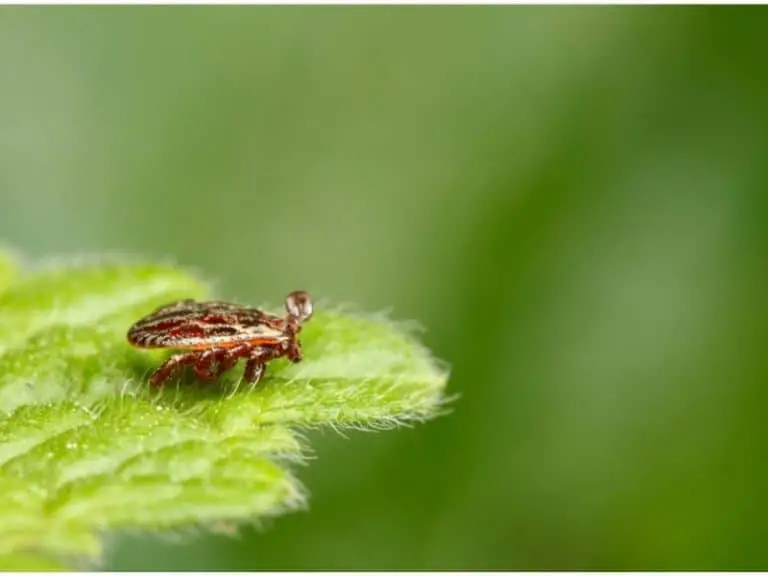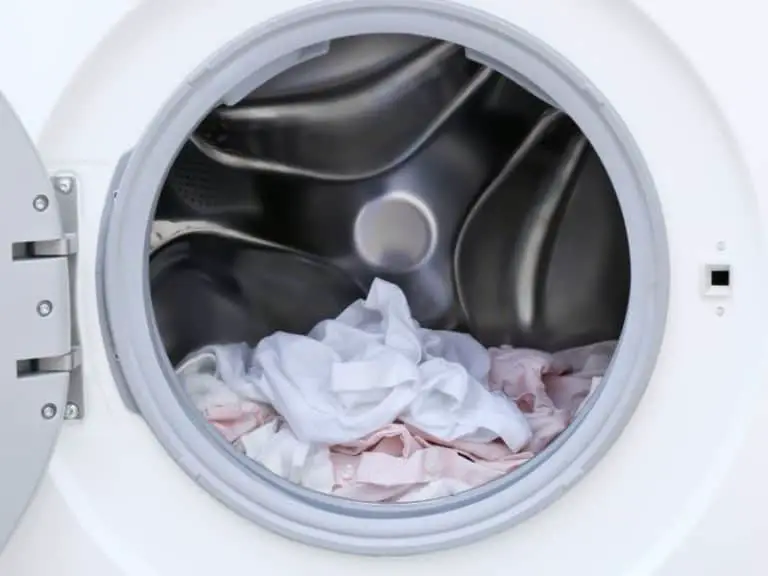When To Call Exterminators For Fleas?
No one wants fleas in their home, but once your furry friends carry them in, it’s difficult to eliminate them instantly. Your pets can get them outdoors or just be around with other animals that have fleas. In getting rid of them, many people start by doing DIY treatment like using sprays, vacuum, and other home remedies. But for severe infestations, you may need the help of professionals.
In general, the best time to call in flea exterminators is when your first DIY attempt fails. While there are many carpet powders and sprays, DIY home treatments that you can try, the fleas in your home can multiply rapidly with each day passing by. Also, some DIY treatments are not safe.
The best defense to treat flea infestation is through early detection and prevention. Once you know you have a flea infestation, acting quickly can prevent the problem from becoming serious.
Even professionals will be challenged by major flea infestations, so if you think you have fleas infestation act fast and call a qualified flea exterminator to get rid of your problem.
What Do Exterminators Do?
Fleas are insects that feed on the blood of their host, such as domestic animals, wildlife, and sometimes humans are susceptible to the bite.
They can make their way home through infected pets. Eggs that are laid on dogs and cats can easily be dispersed throughout the homes because they tend to scratch their skin to relieve itchiness from bites.
While flea bites are not extremely painful, their bites can raise marks on the skin that can become itchy and inflamed.
Due to their life cycle, fleas are not easily controlled by some over-the-counter treatments. Instead of using flea bombs and foggers, the best way to get rid of a flea infestation is through persistent vacuuming, treatment with long-acting insecticide, and prevention.
Pets that have flea problems should be treated and maintained with some veterinarian-approved flea control products. Meanwhile, there are areas where pets sleep and rest should be vacuumed or laundered. These are the areas you should pay special attention to:
- Human and pet bedding: wash and dry on the hottest allowable setting
- Floors, area rugs, and furniture: vacuum daily, then pay special attention to areas where pets rest.
- Dog houses: these locations can harbor flea eggs that make it difficult to keep your pet’s flea maintained.
If you call in professional flea exterminators, they will arm you with a list of items to perform. It includes details regarding vacuuming, washing, preparing rooms, and proper handling of pets.
During the treatment, your pest control team will ask you and your pets to leave your house for a few hours.
For maximum effectiveness, the best flea control product will be used. It contains active ingredients like two long-acting components to help you control fleas and break the reproductive cycle.
These ingredients can do the following:
- Adulticide: It is designed to kill adult fleas and developing fleas on contact.
- Insect Growth Regulator: It affects the developing fleas. Any larval stages of fleas that come in contact with it will be unable to develop into adult form; therefore, interrupting the reproductive cycle.
After the treatment, it results in an immediate reduction in the number of adult fleas.
However, it is common to see more fleas within seven to fourteen days following the treatment. They are in the pre-adult or pupal stage of development during the initial treatment. They should die within the first few hours of coming in contact with the treatment.
Daily vacuuming will also help in eliminating individual fleas that emerge from the initial treatment.
What Is The Flea Extermination Process?
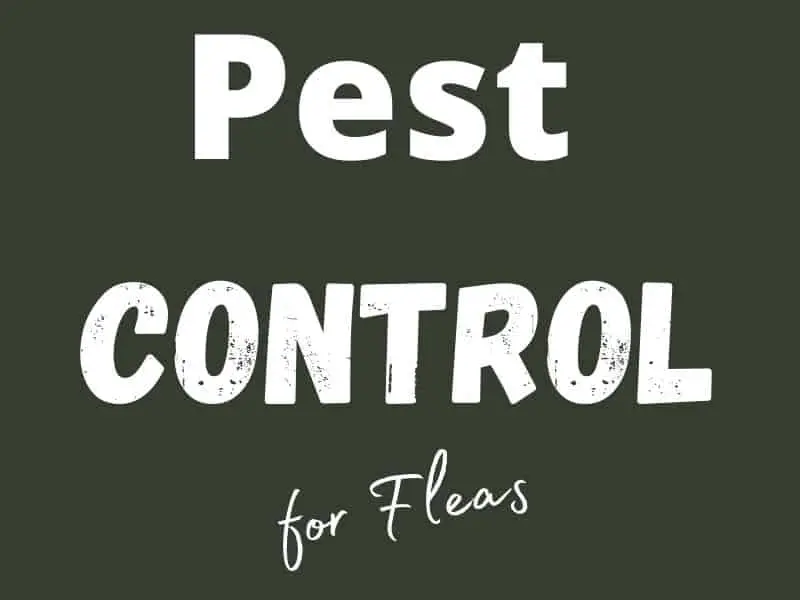
The initial step to any flea extermination process is assessment.
Before the service, a pest control professional will go to your house and check out the severity of the situation and put together all the treatment plans based on your circumstances.
Once the extent of the problem has been determined, you will choose among the best treatments, and these are heat treatment and chemical treatment.
Chemical treatment
Chemical treatment usually involves the use of residual flea control products that contain pesticides as their major ingredients.
These are typically applied using a spray or fogger that disperses the product in a fine mist and covers the exposed surfaces of your house. It forms a residue that sticks around for a few weeks, which is long enough to get rid of all the adult fleas and the larvae that hatch from the remaining eggs.
This type of treatment usually contains two types of insecticide: adulticide and insect growth regulators. Adulticides such as permethrin and fipronil can kill adult fleas on contact, taking down all the live insects in the house.
Insect growth regulators can disrupt larval growth and development, preventing them from reaching adulthood. It effectively breaks the flea reproductive cycle and gets rid of any bugs that are from the initial treatment.
A residual chemical treatment can take care of all the active fleas in the house on the day of the treatment. This method does not kill eggs, but its effects last long to kill any new fleas that hatch over the weeks.
Heat treatment
Another way to get rid of fleas is through heat treatment. It is a natural, chemical-free process that is favored by many because of its mess-free and non-toxic way of eliminating flea problems.
During the heat treatment, the affected area is heated around 50 degrees Celsius for a prolonged period. It effectively kills adult eggs and insects without using pesticides.
The benefit of using heat treatment is that the effects are instant. Unlike chemical treatment that works over weeks, heat treatment can kill everything like adult fleas, eggs, and larva on the day of the treatment.
This treatment is ideal if you have a small area or just several items are infested; however, it is not a practical way of getting rid of fleas from your whole house or yard.
Here is a detailed flea removal and extermination process:
Step 1:
The first step in the flea removal process is the sanitation of the home.
Flea removal professionals suggest that the entire house is cleaned and vacuumed thoroughly as possible before the treatment. Though it can be a daunting task, keep in mind that it is very important to focus on high traffic areas.
Pay attention to carpeting, floors, furniture, pet bedding, and other areas in the house. These spots are known to harbor fleas. Vacuuming helps in removing the lingering adult fleas and will cause the flea pupae to emerge from their cocoons, which makes them susceptible to flea removal treatment.
Step 2:
The insecticide must be applied to the infested home to exterminate fleas in all stages of development.
While there are quite a few flea removal products on the market, it is best to rely on professionals for this step.
Having flea exterminator professionals on your side will help in assessing your home and use professional extermination techniques to guarantee that the flea is thoroughly eliminated.
Step 3:
The infested animal needs to receive urgent veterinary attention. Flea removal will not be successful unless the fleas are directly eliminated from the animal.
Talk to your vet about the best flea removal treatment that is best for your pet.
Step 4:
Once the treatment is fully completed, vacuum the floor and carpets daily for 2 to 3 weeks to help in controlling a possible re-infestation of fleas.
It is common and most likely to happen when eggs that are not previously exposed to the insecticide hatch and go through the normal life cycle. Unfortunately, because of their exposure to residual pesticides, they cannot reproduce and will probably die within a couple of days.
If you are wondering how long does flea treatment last, on average it can take up to 4 weeks, so be patient.
How Much Does It Cost To Exterminate Fleas?
The cost of professional flea extermination services varies depending on the size of the area to be treated. You may expect to pay around $75 to $100 for the initial treatment, though you may need to pay for follow-up treatments.
On average, flea extermination service can cost around $200 to $250 for the complete service for an average-sized home.
How To Prepare For A Flea Control Service?
Before the treatments take place, your pest control contractor will probably give you a list of tasks that need to be completed ahead of time.
Before the treatment, you must do the following:
Prepare to leave the home
The exterminator will advise on how long you need to evacuate your home, but you also need to stay away for around 3 to 5 hours during the treatment. It allows the insecticide product to dry thoroughly before you return to your place.
Treat the pet’s bedding
Remove anything that your pet has slept on and launder it thoroughly in hot water to kill any fleas or eggs that are present there.
Clean the house thoroughly
Clean everything from the floor, including under the closets and beds, vacuum carpets, wooden floors, and lino. Make sure to wipe down all surfaces and furnishings. By doing this, it helps the pesticide product to settle evenly over the floors and surfaces in your home for the best results.
Strip all bed linens
Remove all your bed linens and wash them in hot water to kill any bugs that may be hiding in them.
Cover any open food products
Before leaving the house, cover and store your food items, cooking equipment, and utensils in safe storage.
Remove all pets from home
Before flea treatment, remove all your pets from home and allow them to have flea treatment before you allow them back inside your house.
What To Do After Flea Extermination?
Here are some things you need to do after a professional flea removal service:
- Stay out of the house for 3 to 5 hours after the treatment to give time for the insecticide to dry completely.
- Once you return to your home, air out your home. Open all doors and windows to ventilate the house properly after the treatment.
- Resist the urge to clean. You should avoid cleaning the carpet after the flea extermination service as this will give the treatment time to work and take care of the newly hatched fleas.
The floor of your house might be covered in a layer of insecticide that is odorless and invincible. It has an excellent residual effect, meaning that it will continue to work for some time if left undisturbed.
The adult fleas will be killed within a few days but the floor should not be vacuumed, washed, or swept for at least two weeks since the eggs will continue to hatch.
As eggs hatch and develop, you might still find fleas reappearing after 10 to 14 days, which is quite normal. That is why it is important not to clean for a couple of weeks because it can remove the insecticide.
If you have a pet, it should be treated for fleas right away with the use of a treatment recommended by your veterinarian.
Reinfestation
If you still find signs of flea infestation after the treatment, here are the possible causes:
- The treated area was cleaned or vacuumed 14 days after the treatment
- Someone or your pet may have picked up fertile fleas from other locations
- Your pets are not treated for fleas
- Lack of house management
Due to these reasons, flea extermination services will not guarantee 100% eradication. It is essential you understand the life cycle of fleas and do not vacuum or clean within the 14-day after the treatment period. Remember that fleas are still able to develop even after treatment, whether it is your fleas or the new ones brought in.
Best Effective Flea Bombs And Foggers
There are numerous brands on the market, but picking the best can be challenging. To narrow down your choices, here are some of the best flea bombs and foggers you may use if you want to do DIY treatment for your flea infestation.
Hot Shot Fogger6 with Odor Neutralizers

This pesticide can kill a wide range of, such as ticks, beetles, and fleas. From the name itself, you can expect that it will surely deliver enormous results. It gets rid of pests immediately when they make contact with it. It also works on the pests’ hiding places. It is because the pesticide creates a smooth mist that penetrates easily through tiny cracks and eliminates these pests.
This fogger can prevent flea infestation for up to 2 months. Although sometimes it may leave stains, if you use it according to the manufacturer’s instructions, you will not experience the stains.
What makes this product the best is its versatility. If you have many pets in your home, then you may have different sources of flea infestation. Therefore, it can hit two birds with one stone since with just one can, you will get rid of several types of parasites.
Moreover, it does not leave an unpleasant smell after spraying, making it unique because most pesticides do not contain odor neutralizers. After spraying, leave the house and come back after 2 hours.
What I Liked:
- No awful smell
- It can kill a variety of pests
- It acts on the fleas on contact
What I Didn’t Like:
- Pest prevention period takes a shorter time compared to other pesticides
Advantage Flea and Tick Household Fogger

This pesticide can kill adult fleas, larvae, and eggs that have not been hatched. Moreover, it can act on the targeted pests for seven months. As a result, this fogger can help in controlling the infestation.
The package of this pesticide comes in two cans, which are appropriate for indoor use only. One canister can cover an area, measuring 2000 cubic feet of free indoor space. Moreover, it can target a wide variety of insects, including beetles, cockroaches, fleas, ticks, and many others.
After using this household fogger, leave the house for 2 hours and wash the bedsheets and the garments that it came into contact with. The product may be dangerous if it comes in contact with the skin.
What I Liked:
- It can deal with a variety of pests
- It can prevent infestation for up to 7 months
- It can kill adult fleas and eggs before they are hatched
What I Didn’t Like:
- It can cause allergic reactions if absorbed through the skin
There are other products as well. Read my article about other best flea bombs here.
Medical Disclaimer: TheHomePestControl is a digital publisher and does not offer personal health or medical advice. The contents of this website are not intended to substitute for professional medical advice, diagnosis, or treatment.
Affiliate Disclaimer: As an Amazon Associate, I earn from qualifying purchases made on our website. If you make a purchase through links from this website, I may earn a commission at no additional cost to you.

